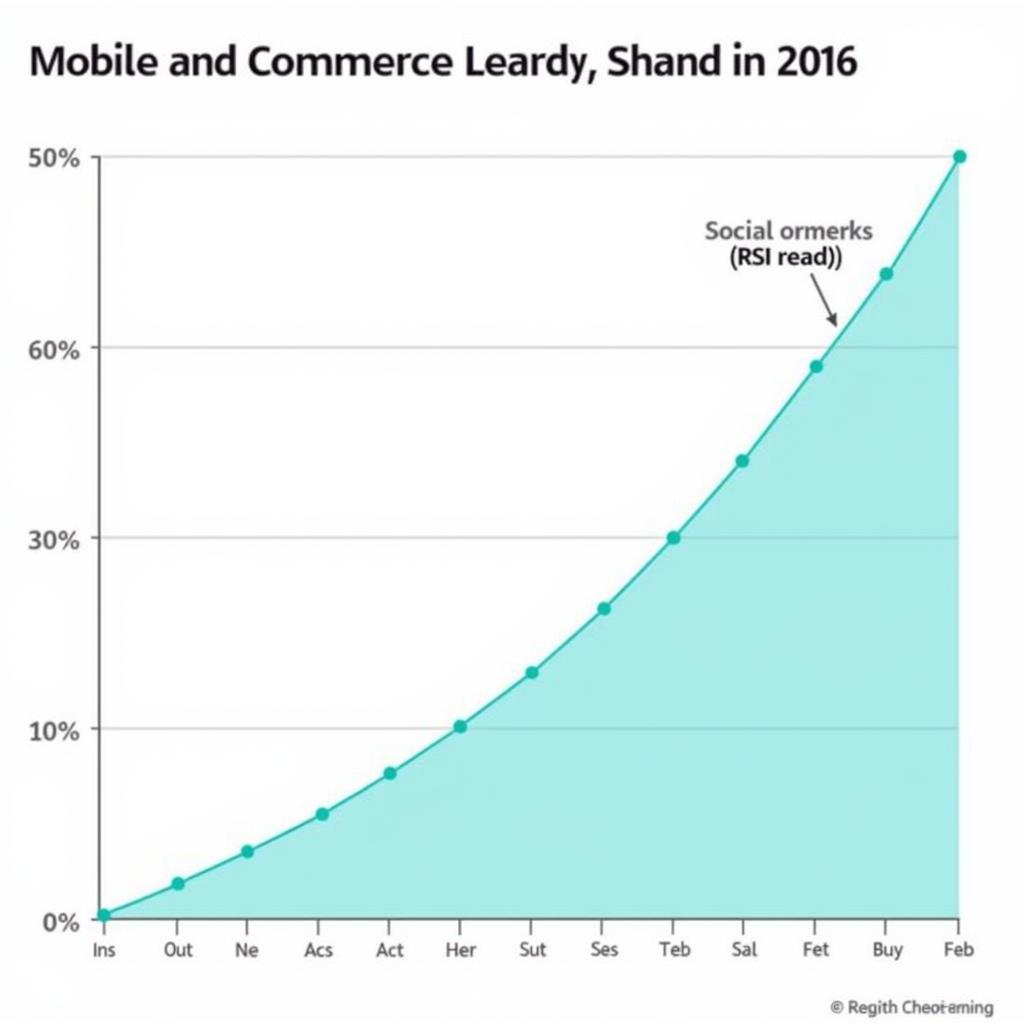The year 2016 marked a pivotal moment for e-commerce, a year when the convergence of business technology and societal shifts fueled unprecedented growth and transformation. As online shopping gained mainstream acceptance, businesses were challenged to adapt their strategies, embrace new technologies, and consider the broader impact of e-commerce on society.
The Rise of Mobile Commerce and Social Shopping
Mobile devices became the preferred shopping companion, leading to a surge in mobile commerce. No longer confined to desktops, consumers browsed and bought on the go, demanding seamless mobile experiences. Social media platforms emerged as powerful sales channels, blurring the lines between social interaction and online shopping.
 Growth of Mobile and Social Commerce in 2016
Growth of Mobile and Social Commerce in 2016
Data-Driven Personalization and Customer Experience
The abundance of data generated in the e-commerce ecosystem allowed businesses to personalize customer experiences at an unprecedented scale. Sophisticated analytics tools unveiled customer preferences, purchase history, and browsing behavior, enabling businesses to deliver targeted recommendations, promotions, and content. This data-driven approach fostered customer loyalty and drove sales.
The Emergence of New Business Models and Marketplaces
E-commerce in 2016 witnessed the rise of innovative business models like subscription boxes and on-demand services, catering to evolving consumer preferences. Online marketplaces flourished, connecting buyers and sellers from around the world and creating new avenues for entrepreneurship and global trade.
The Societal Impact of E-commerce: Opportunities and Challenges
The proliferation of e-commerce brought about significant societal changes. It created new jobs in areas like logistics, technology, and customer service. However, it also raised concerns about job displacement in traditional retail sectors. The convenience of online shopping contributed to a more sedentary lifestyle for some, while also providing greater access to goods and services for people in remote areas.
E-Commerce 2016: A Foundation for Future Innovation
The trends that shaped e-commerce in 2016 laid the groundwork for the continued evolution of the industry. The advancements in mobile technology, data analytics, and digital marketing paved the way for even more personalized and immersive online shopping experiences.
“The e-commerce landscape of 2016 was defined by a relentless pursuit of customer centricity,” notes Dr. Emily Carter, a leading e-commerce analyst. “Businesses that understood the power of data, embraced mobile, and prioritized customer experience were the ones that thrived.”
E-commerce in 2016 was a testament to the transformative power of technology and its ability to reshape business and society. The year marked not an endpoint but a stepping stone towards a future where the lines between the physical and digital worlds continued to blur, opening up new possibilities for businesses and consumers alike.
Conclusion
The e-commerce landscape of 2016 witnessed a confluence of business technology and societal shifts, leading to a period of rapid growth and innovation. The rise of mobile commerce, the focus on data-driven personalization, and the emergence of new business models redefined the consumer experience and reshaped the retail landscape. As we move further into the digital age, the lessons learned from the e-commerce boom of 2016 continue to guide businesses and shape the future of online commerce.